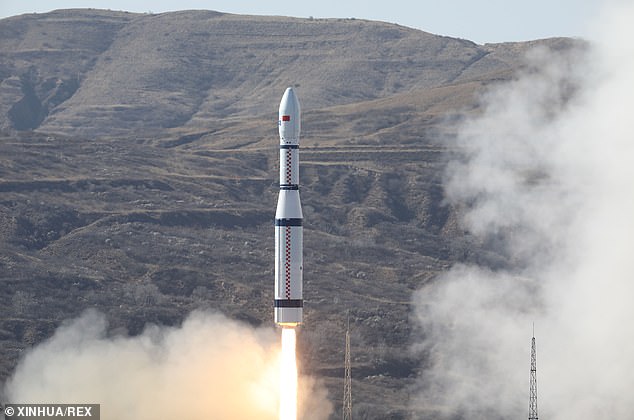Recently, China has launched a rocket with 13 satellites, together with 6G test satellites, to perform Terahertz satellite communications tests in space. These satellites are meant to conduct the test of new spectrum bands that, in the future, will be used to power networks.
The 6G test satellite and the other 12 satellites have been launched from Taiyuan Satellite Launch Center in the Shanxi Province. The satellite also features a technology that will be used to track crop disasters and wild forest fires.
The first 6G UESTC satellite (Star Era-12) is named after the University of Electronic Science and Technology of China, renowned as China’s cradle for the national electronic industry. It implies the high-frequency terahertz (THz) waves to obtain data transmission rates that are likely to be several times higher than 5G.
In the wake of recent development, it can be said that in China, the development of 6G empowered systems is underway. At the same time, many other countries are still busy sorting 5G technologies for their premises.
Nevertheless, after this breakthrough, It remains uncertain what network technologies would shape the use cases and market standard for 6G technology. This means that the satellite will have very little ‘6G technology.’
There is a multitude of research initiatives working on 6G advancement around the world. In addition to China, the EUR251 million 6Genesis program is already in progress in Northern Finland. The Academy of Finland has chosen 6G-Enabled Wireless Smart Society & Ecosystem from the University of Oulu as one of the first two national flagship research funding programs. The US administration also has 6G plans in its bag.
As far as the technology companies are concerned, Samsung is keen to extend its presence in the networking environment. Earlier this year, Samsung published a white paper entitled “The Next Hyper-Connected Experience for All,” highlighting the company’s vision for the next-generation communications system, specifically 6G. However, the 6G standard is expected to be finalized by 2028, with commercial launches beginning in 2030.




Share Your Thoughts